When Ted McCarty was appointed general manager of Gibson in 1948 (he became president in 1950), one of his first major goals was to rapidly increase the range of electric guitars offered by the company. In 1949, the lineup, including the 17"-bodied ES-300 and ES-350, was joined by the mid-priced 16" Florentine cutaway ES-175. The ES-175 had a laminated maple arched top and back, with a 24 3/4" scale-length neck.
After the turn of the 1950s, around the time the Les Paul model was in the early planning stages, Les requested that an instrument be finished all in gold, as a gift for a disabled guitarist. Gibson chose an ES-175 body, and a one-off was made. This gold finish became the standard color for the Les Paul guitar, introduced in 1952. And that striking golden ES-175 became the inspiration for a new two-pickup model that debuted the same year.
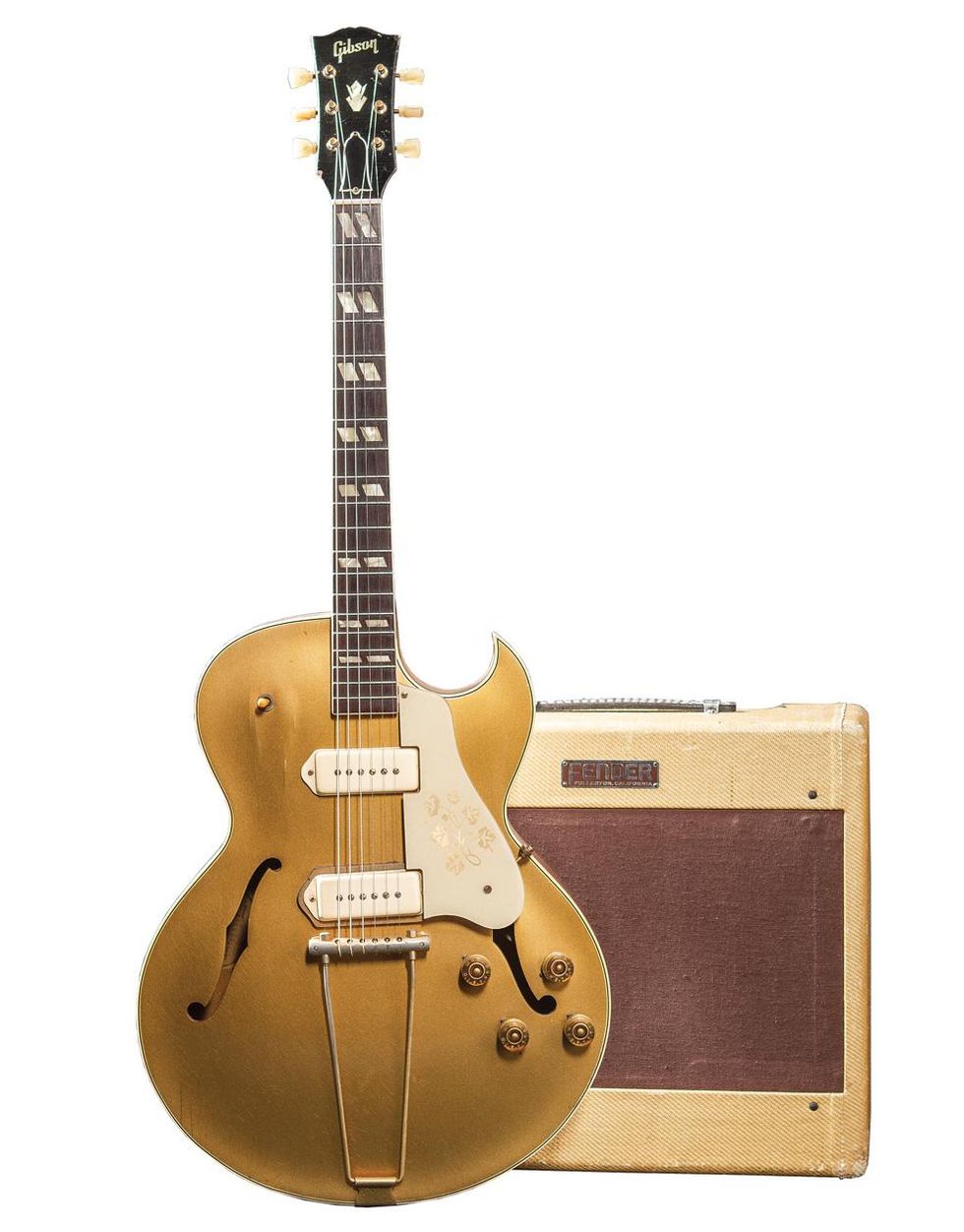
This first-year Gibson ES-295 and early Fender Deluxe are part of the original recipe for rock 'n' roll. Elvis Presley's guitarist Scotty Moore bought his 295 in 1953, to replace a Fender Esquire.
Called the ES-295, that guitar was the full-sized hollowbody archtop complement to the solidbody Les Paul model. Is the new Les Paul too radical? Try our ES-295. While the 295 shared the same flashy finish and tailpiece with the Les Paul, it was, of course, still just a fancier two-pickup version of the ES-175. The actual two-pickup ES-175D did not appear until 1953.
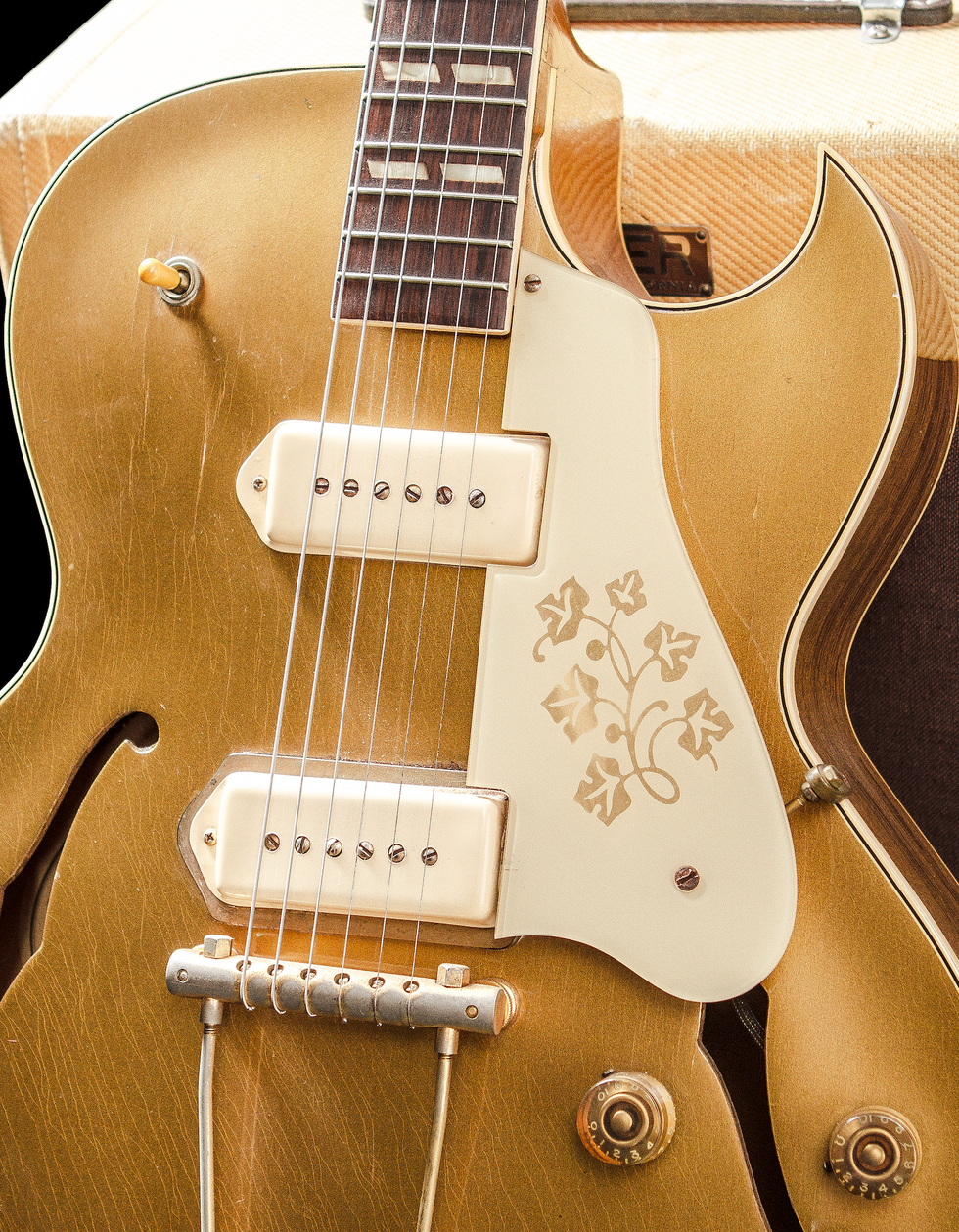
A close-up view reveals the usual finish cracking for a model of this vintage, but the pickup housings and pickguard are remarkably intact.
The Gibson catalog's description of the then-new ES-295 stated: "The entire body and neck are finished in gleaming gold lacquer accented with the ivory color of the binding and guardplate." The debut-year ES-295 spotlighted in this column has the standard features for the model, which include that distinctive finish, two single-coil P-90s with cream covers, a 3-way pickup switch, Gibson's usual 4-dial control set, a cream pickguard with a gold floral design, that early Les Paul-style bridge/tailpiece combination, and gold-plated metal parts.
Around the time the Les Paul model was in the early planning stages, Les requested that an instrument be finished all in gold, as a gift for a disabled guitarist.
The bridge, by the way, was created by Paul to increase sustain, although it was a failure on the original generation of solidbody Les Paul guitars, because a design error routed the strings under the bridge instead of over it. They're in the correct place on the highly resonant ES-295. The model's clear, sustaining tone has made it popular with generations of players, from Scotty Moore to Danny Gatton. This ES-295's original price was—get ready for it—$295. The current value for one in excellent, all-original condition is $7,500.
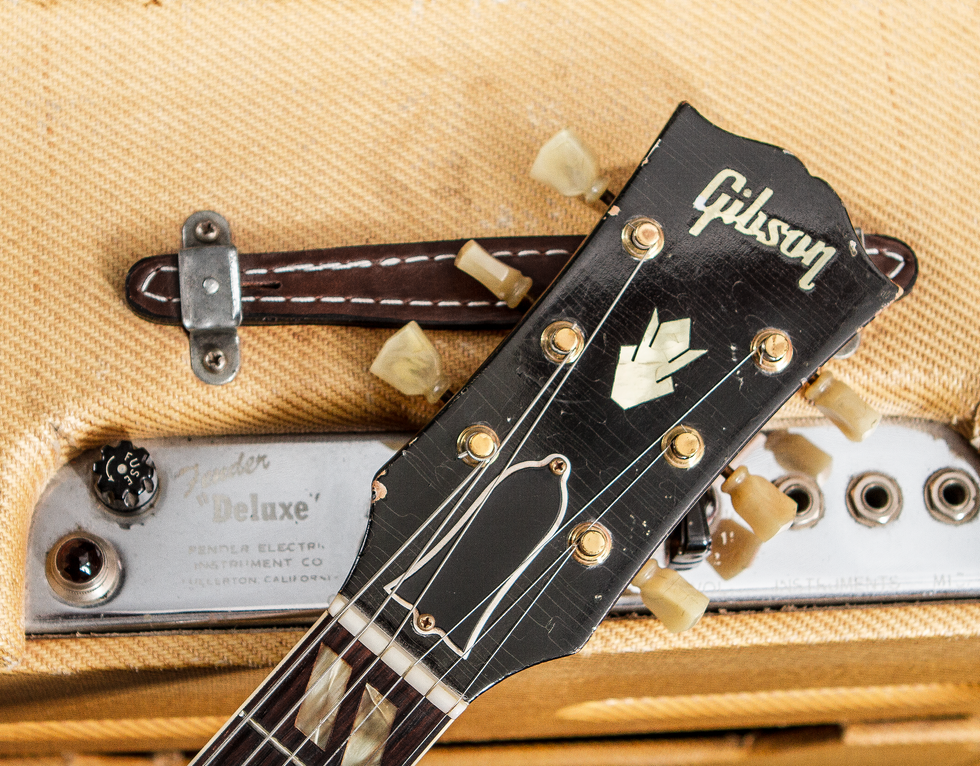
Brand tectonics: Sure, they were competitors, but when it came to establishing the direction of electric guitar, the intersection of Gibson and Fender was transformative.
The amp behind the ES-295 is an early 1953 wide-panel Fender Deluxe 5B3. Two 6V6 power tubes push about 10 watts through the Jensen P12R speaker. The simple controls consist of an on/off knob doubling as a tone dial, a volume knob for the instrument channel, and a volume knob for the microphone channel. The original price was $99.50, while the current value is $3,500.
Sources for this article include Gibson Electrics: The Classic Years by A.R. Duchossoir, Gibson Guitars: Ted McCarty's Golden Era: 1948-1966 by Gil Hembree, and Fender Amps: The First Fifty Years by John Teagle and John Sprung.
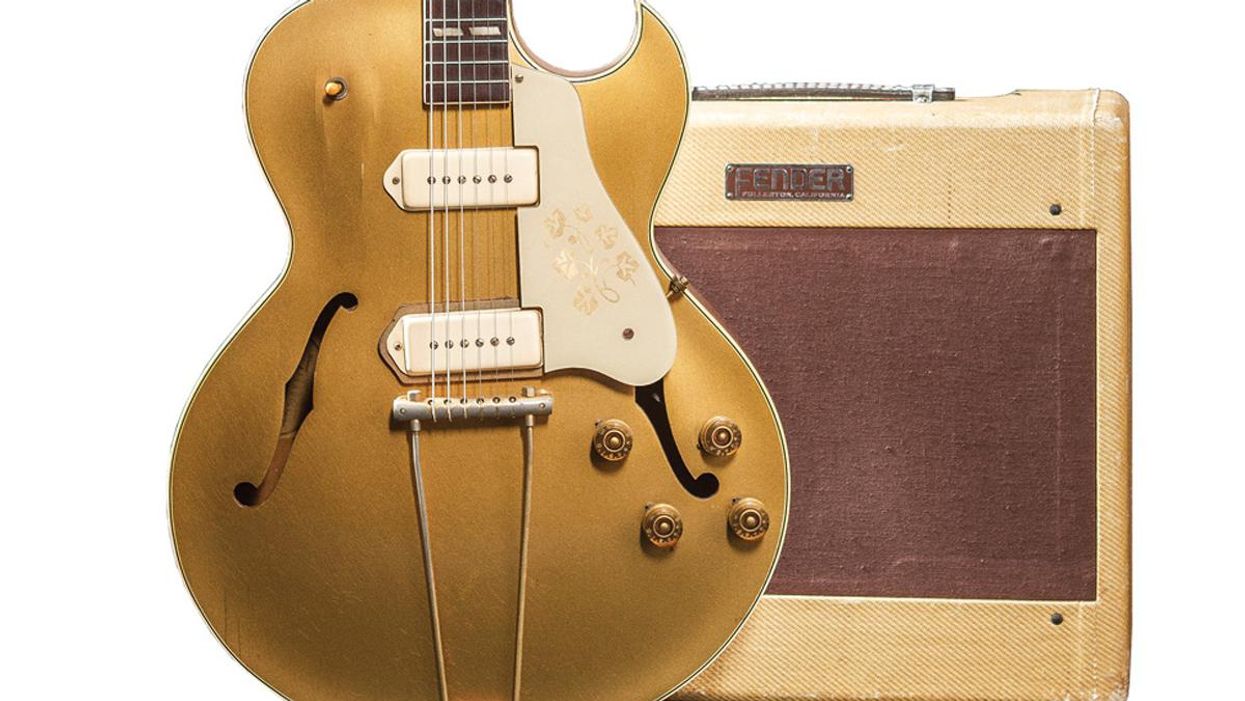
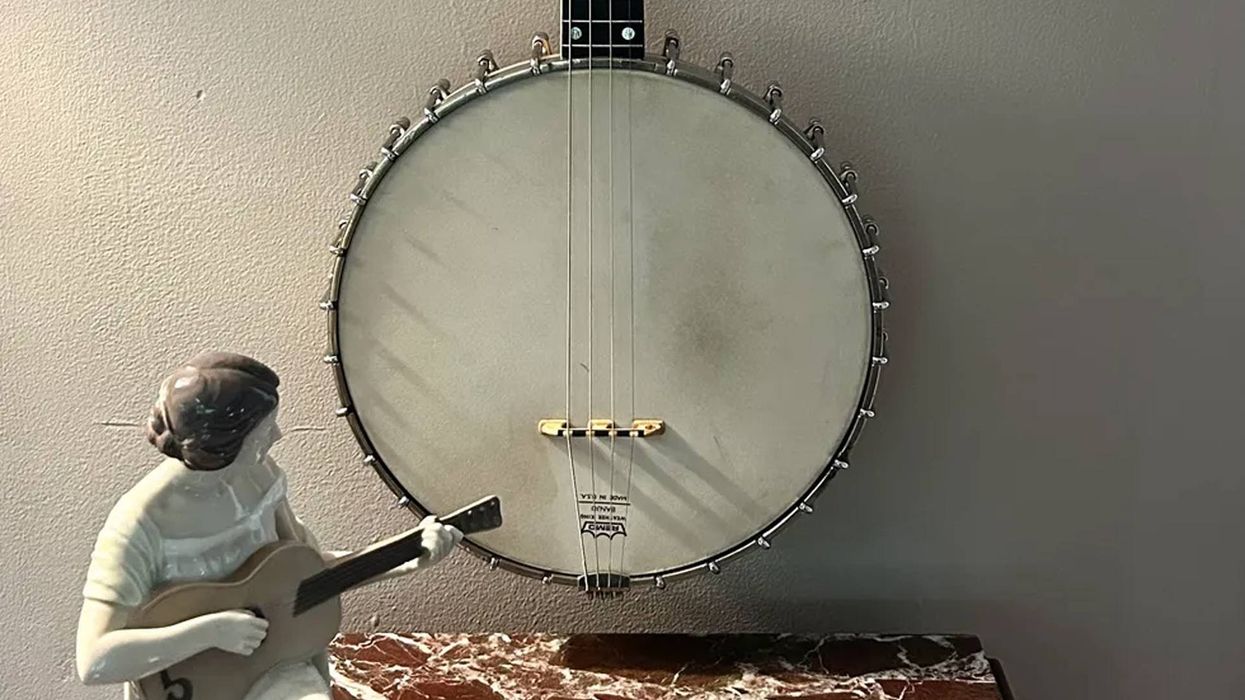
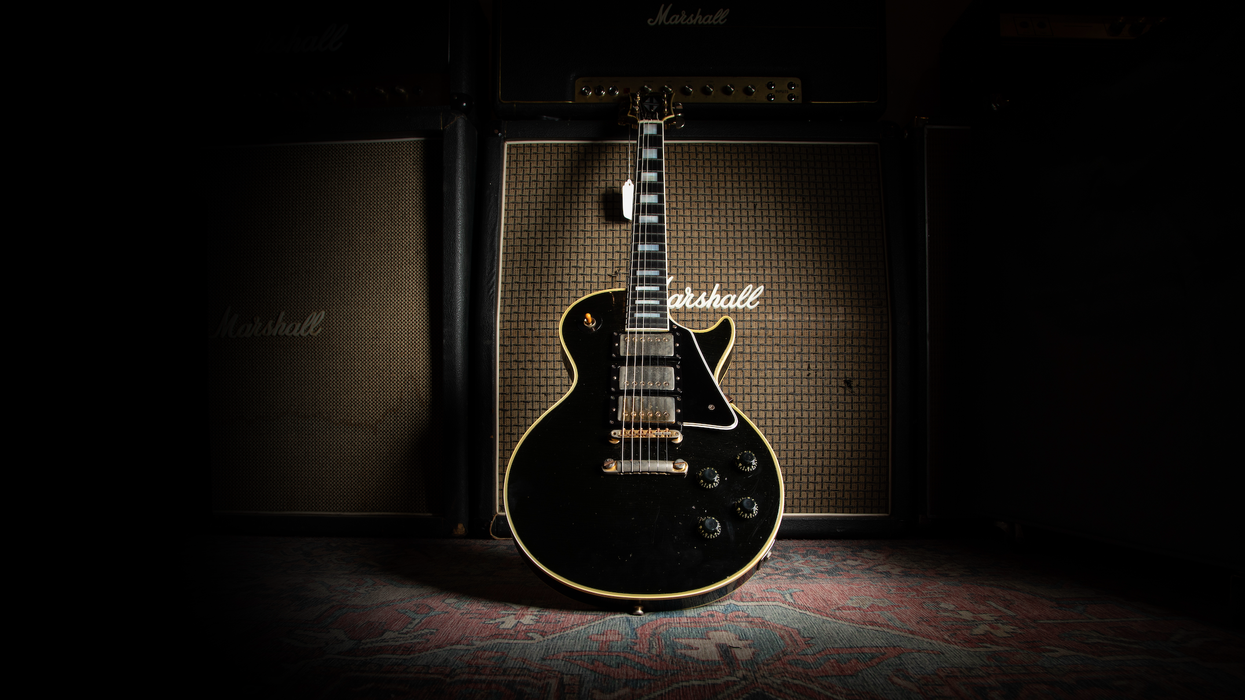
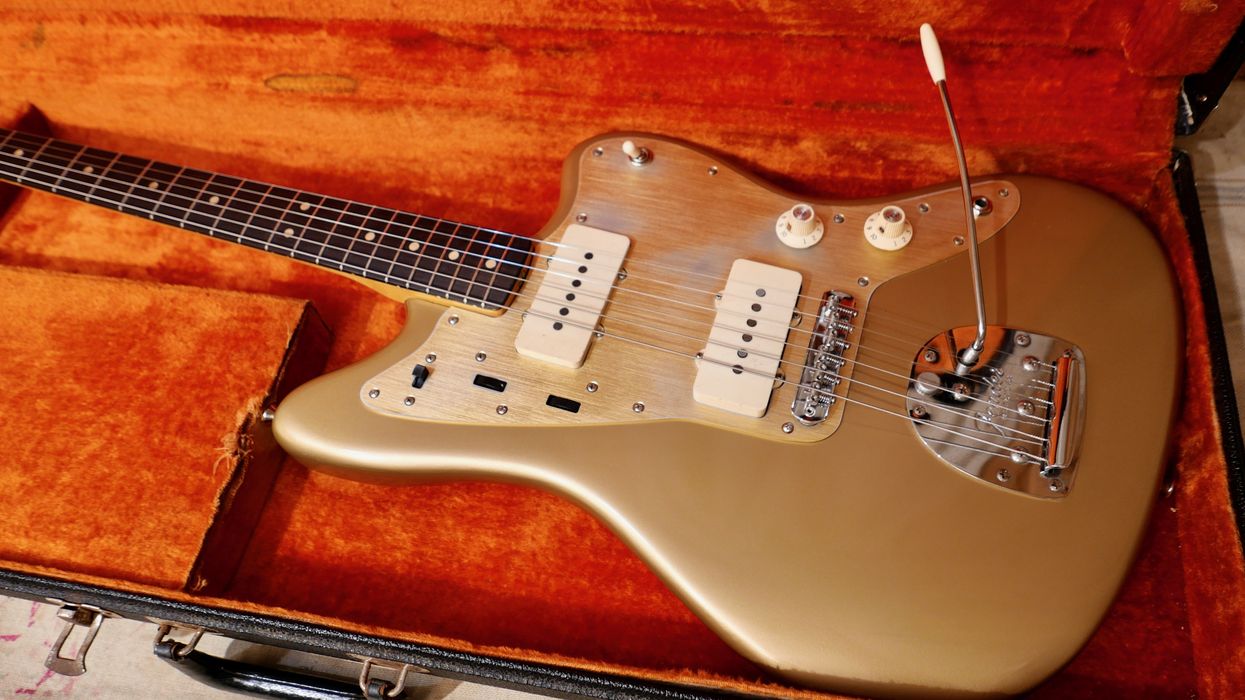
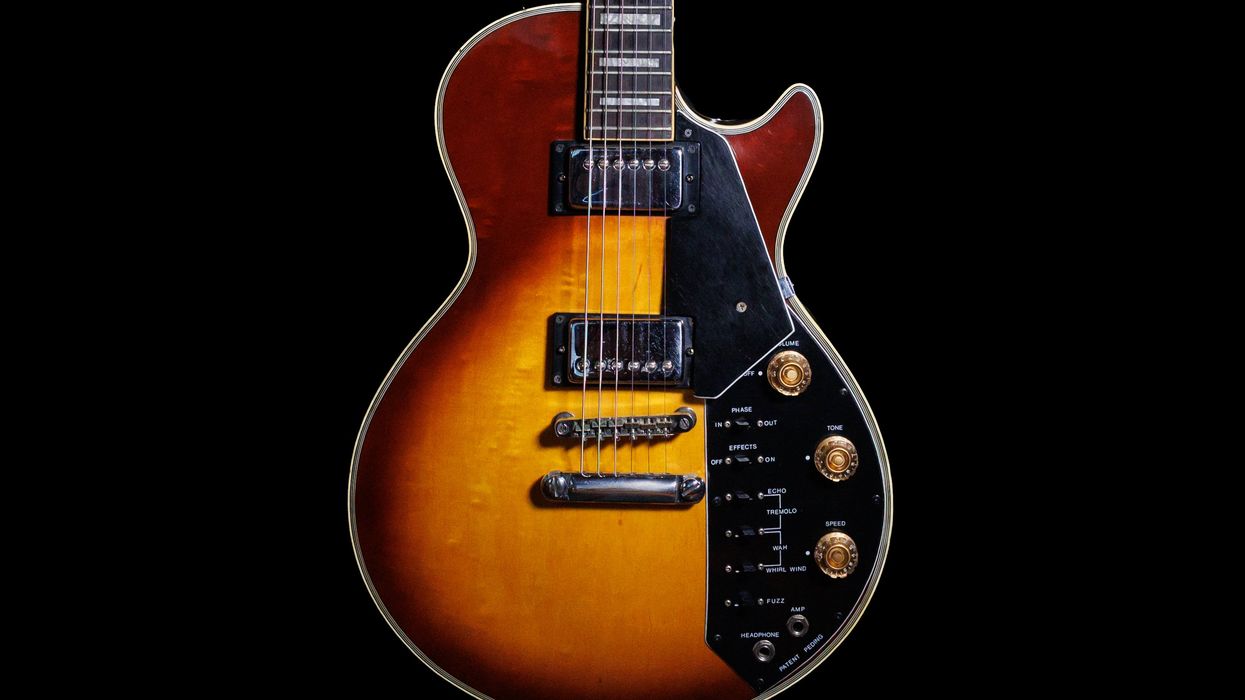
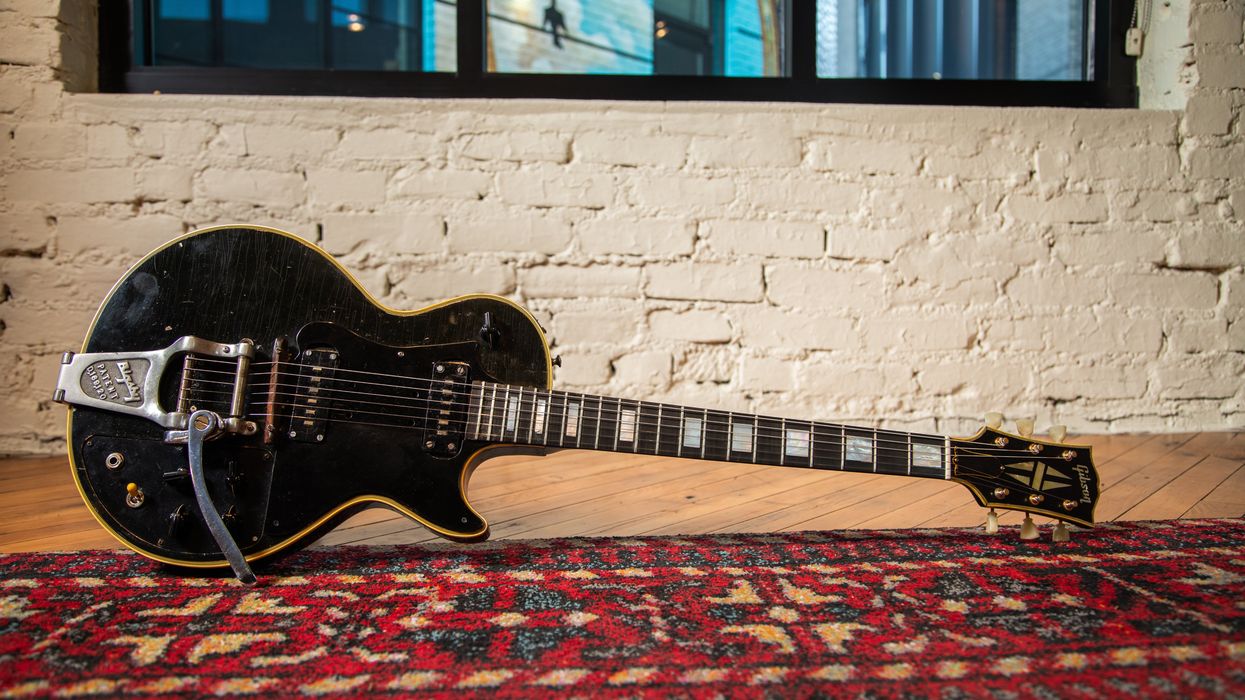
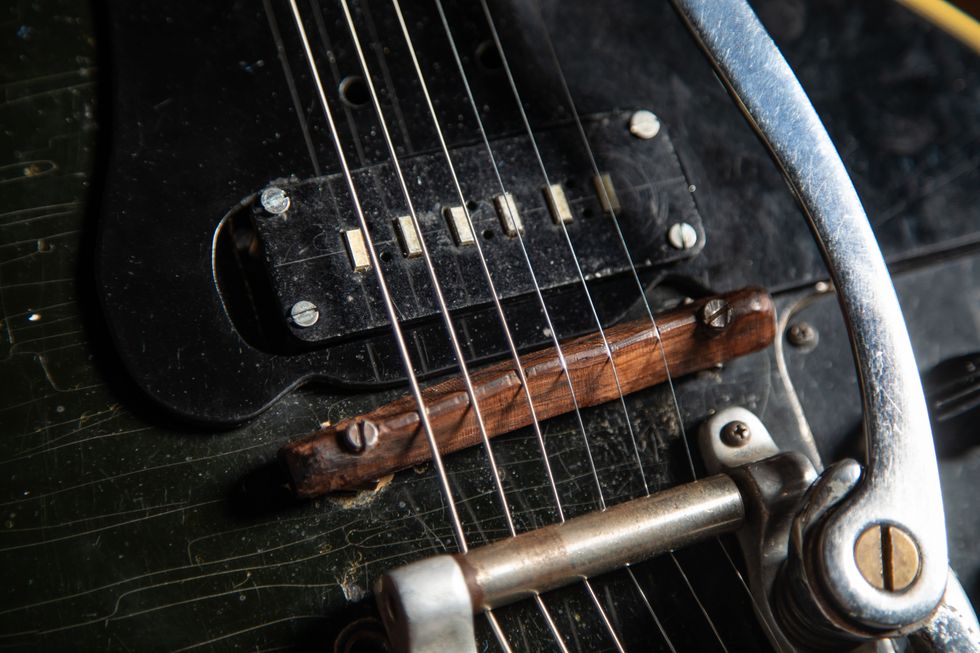
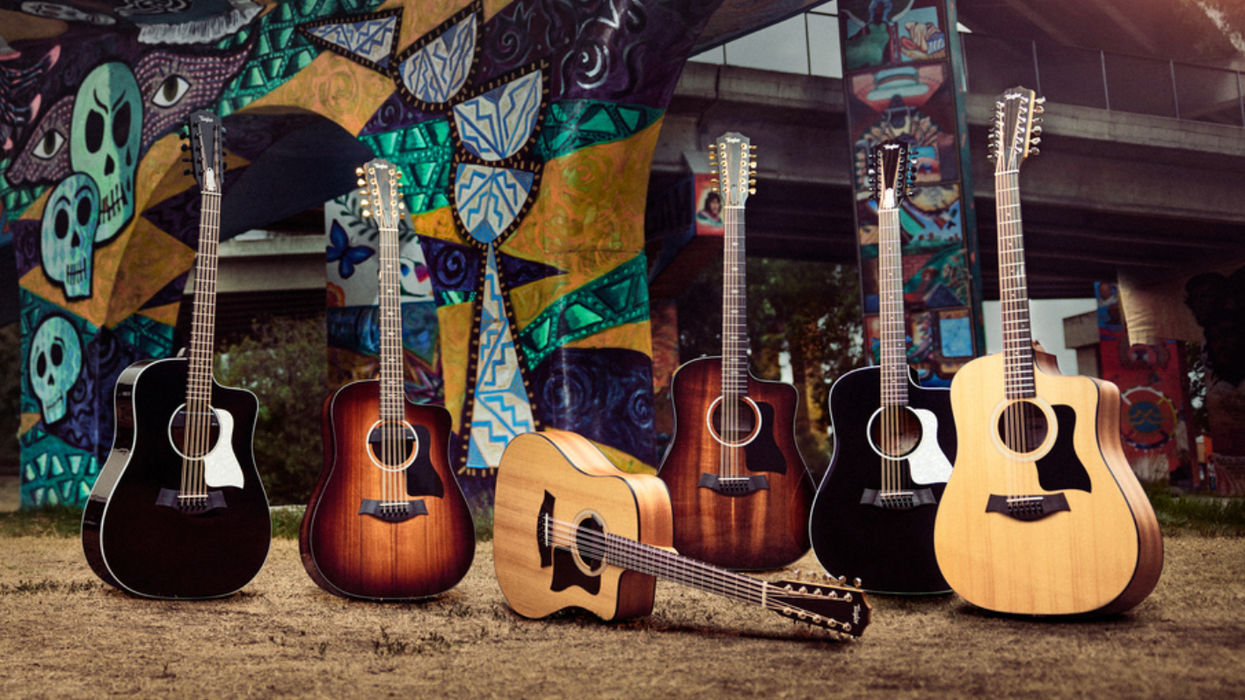
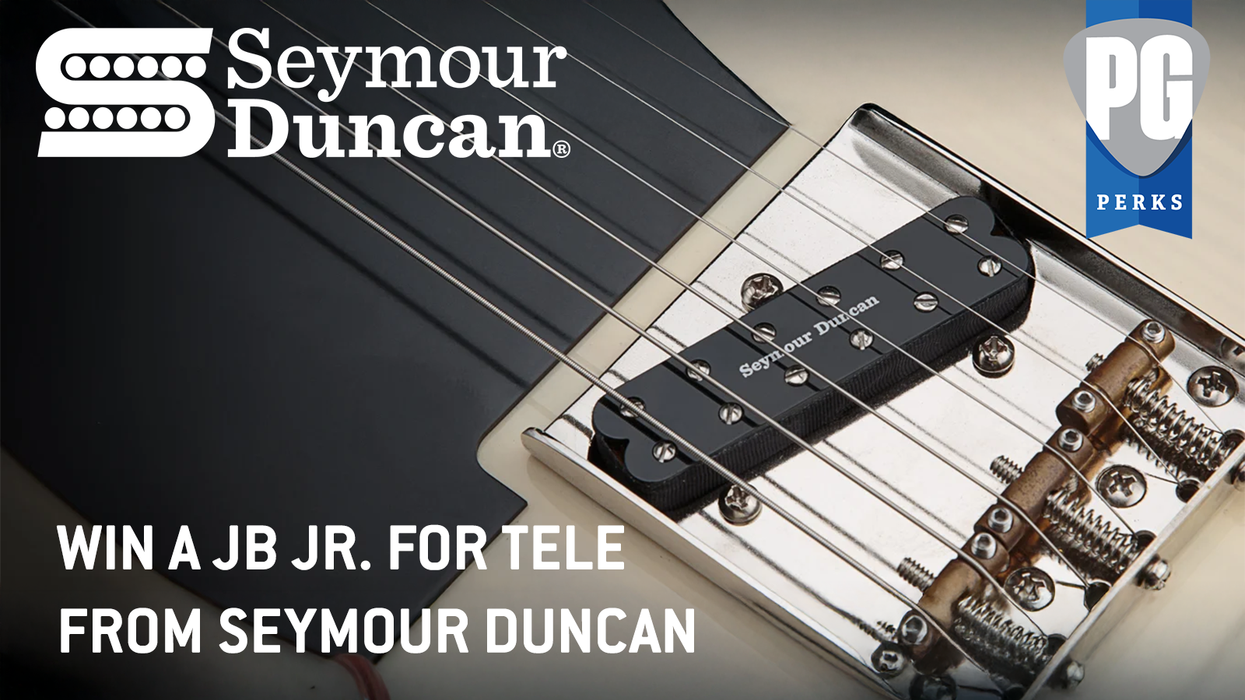
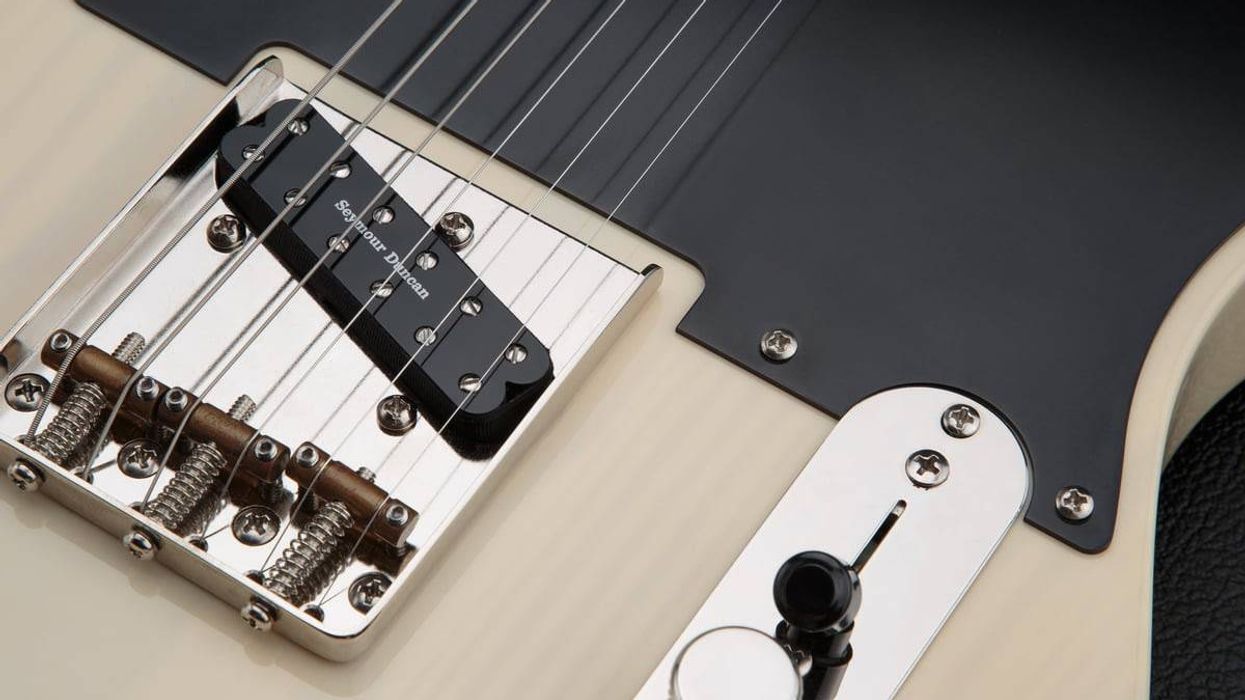
![Devon Eisenbarger [Katy Perry] Rig Rundown](https://www.premierguitar.com/media-library/youtube.jpg?id=61774583&width=1245&height=700&quality=70&coordinates=0%2C0%2C0%2C0)
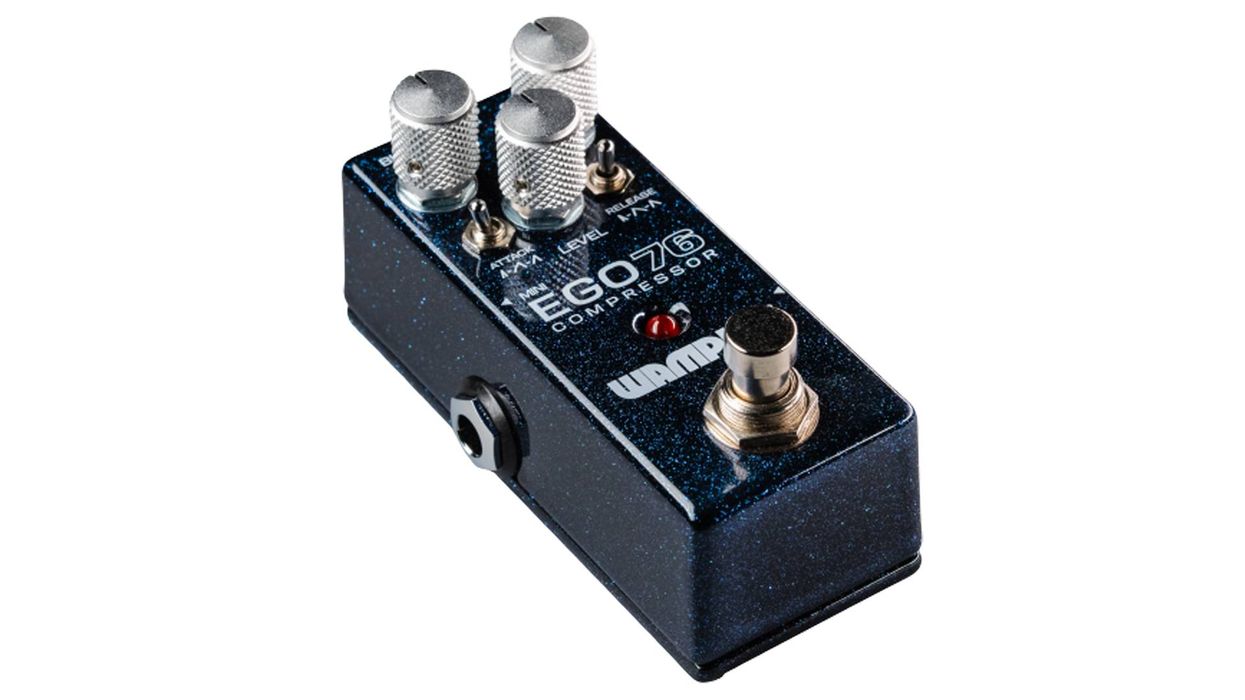



 Whether or not Jimi Hendrix actually played this guitar might come down to how lucky its buyer feels.Photo courtesy of Imperial Vintage Guitars Reverb Shop
Whether or not Jimi Hendrix actually played this guitar might come down to how lucky its buyer feels.Photo courtesy of Imperial Vintage Guitars Reverb Shop






